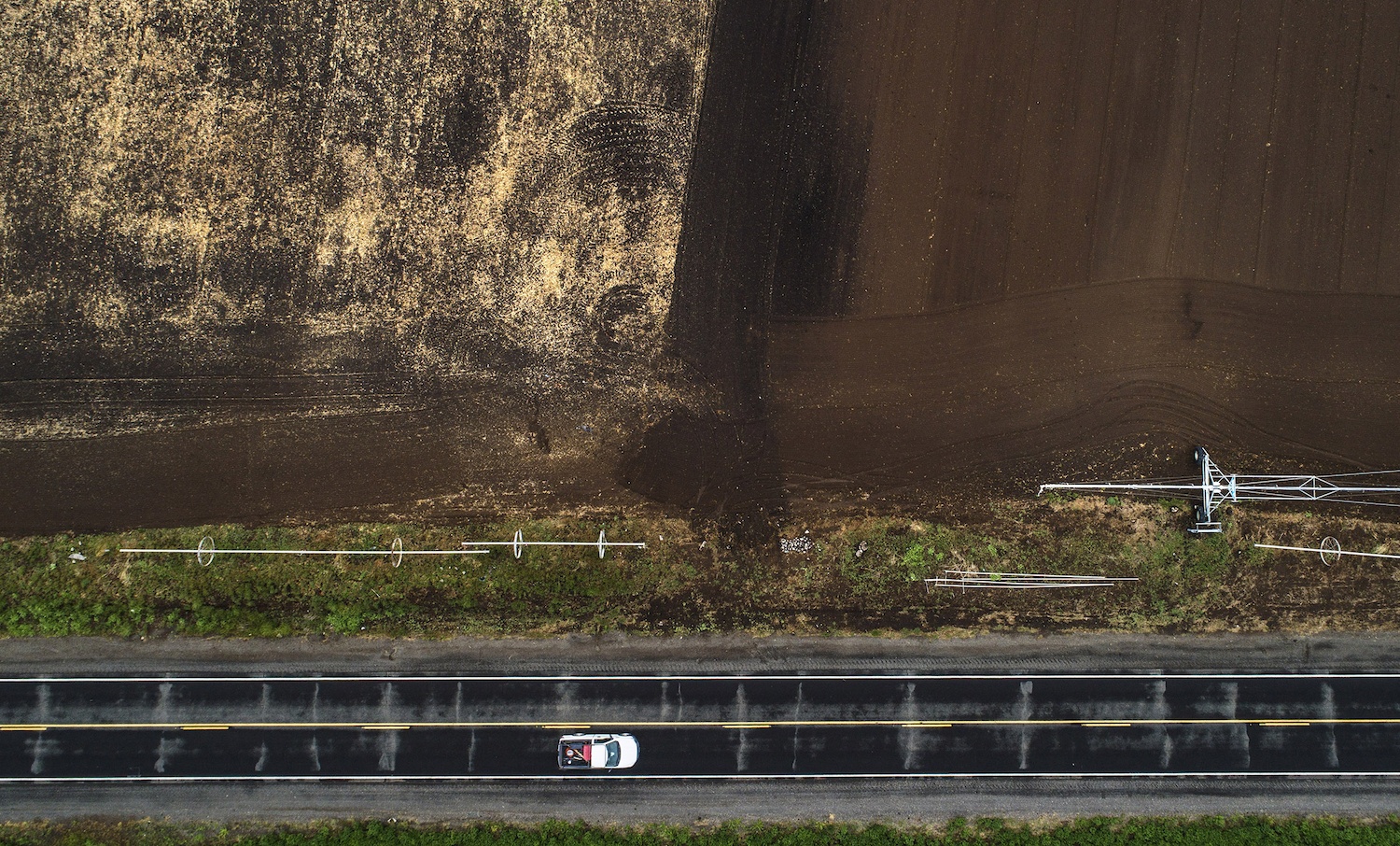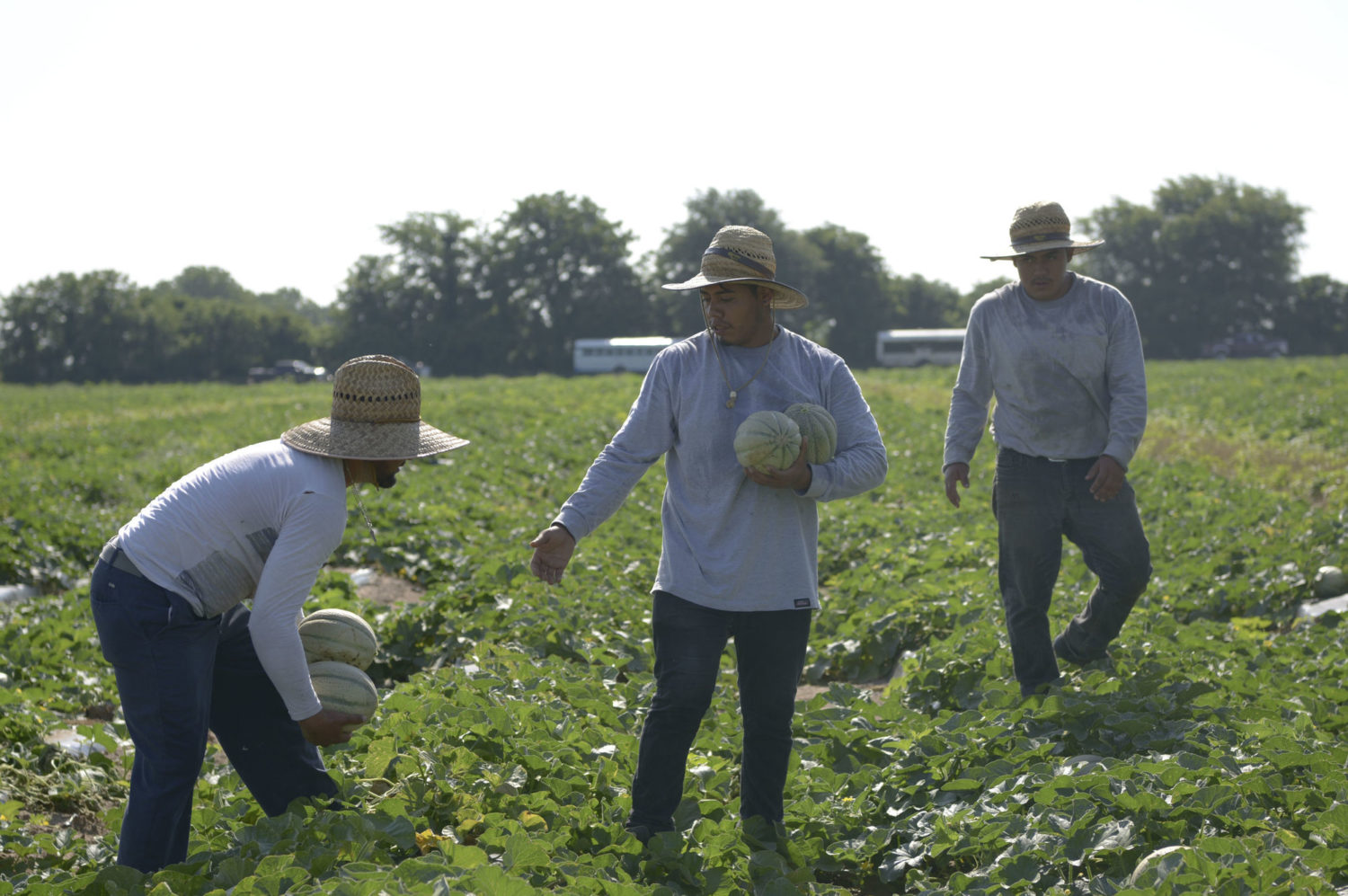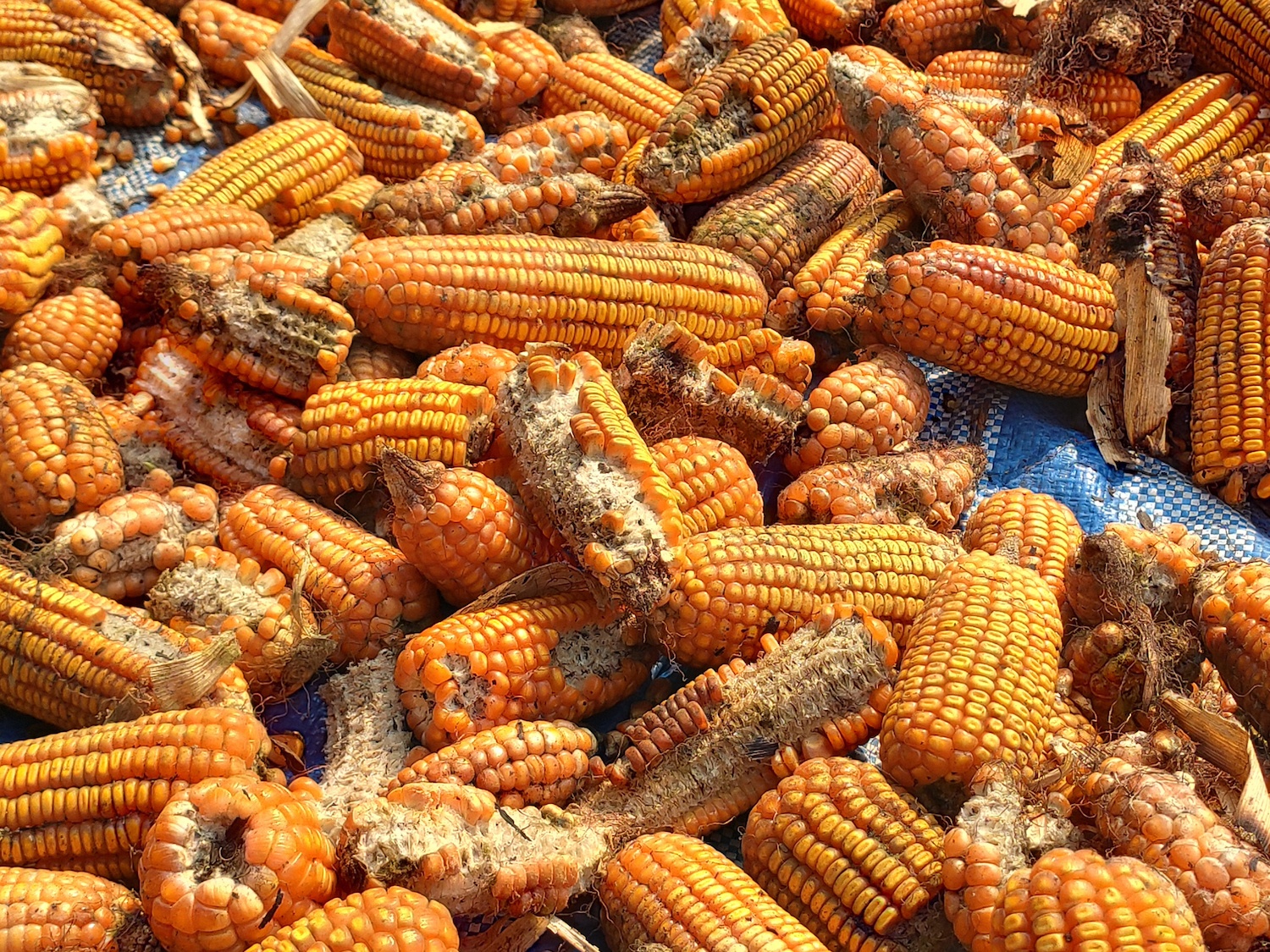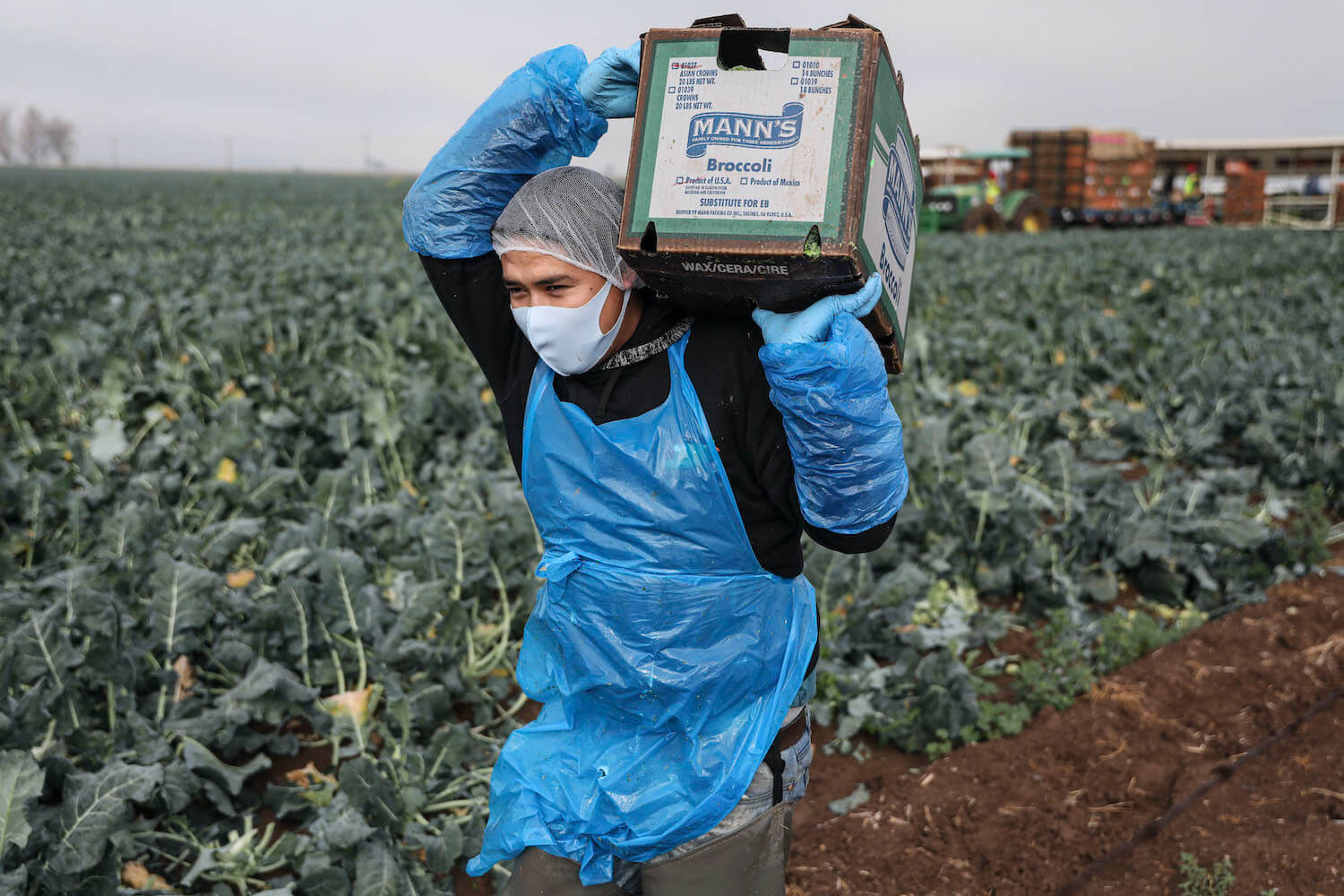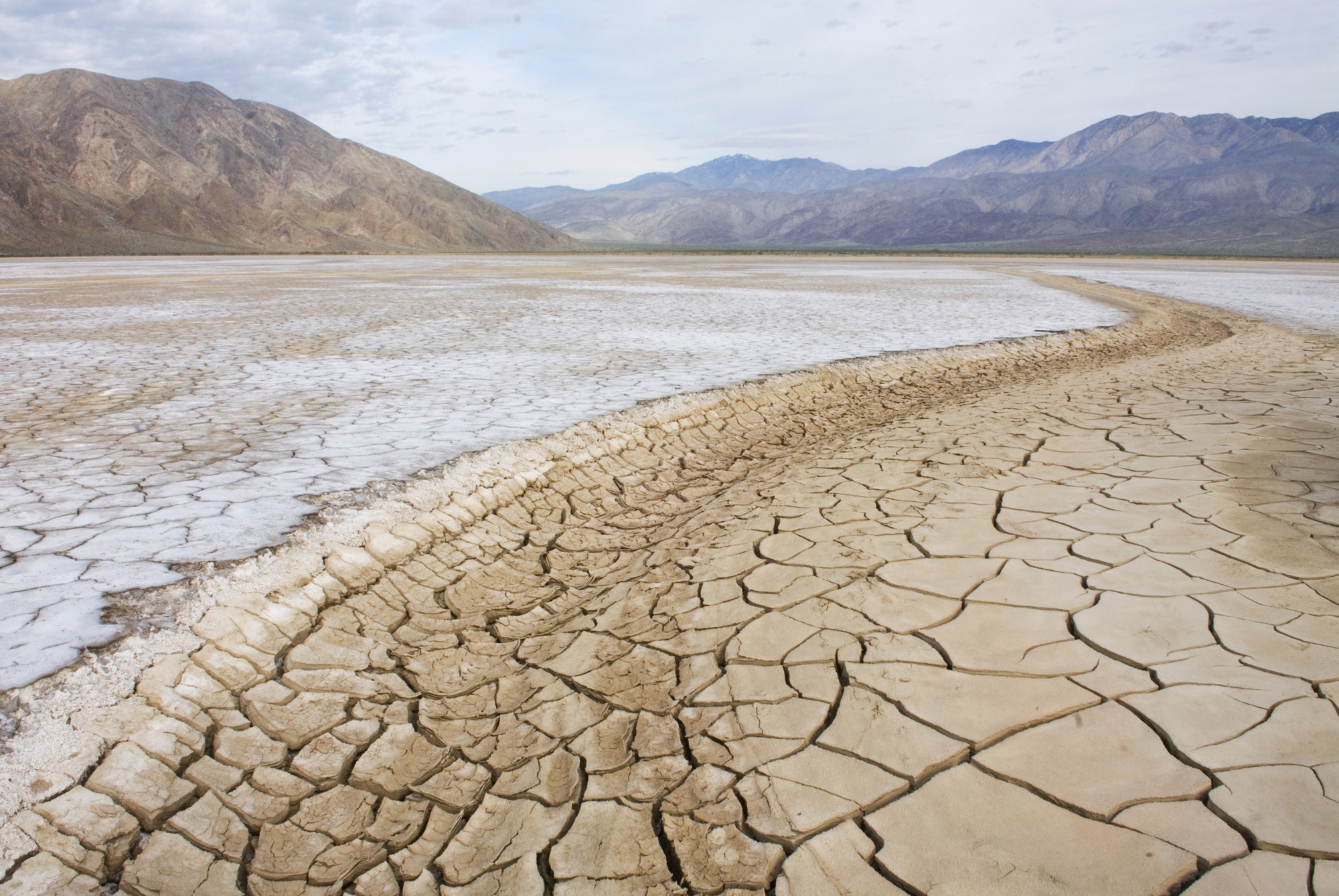
Getty Images / Alan Majchrowicz
The newly released United Nations report does not bode well for food production, indicating a probable near-doubling of droughts that affect agriculture.
This article is republished from The Midwest Center for Investigative Reporting. Read the original article here.
Last week, the United Nations released its latest report on climate change, finding many of the world’s changes are unprecedented and irreversible.
“It is unequivocal that human influence has warmed the atmosphere, ocean and land,” the IPCC report reads.
“It is unequivocal that human influence has warmed the atmosphere, ocean and land.”
If the planet continues to warm, many of the changes will become more frequent and more intense, according to the report.
For example, before the industrial revolution, a drought affecting agriculture might have happened once every 10 years. But, with the current 1 degree Celsius of warming, droughts occur more frequently — once every six years.
If the planet’s temperature rises 2 degrees higher than pre-industrial levels — at the Paris Agreement’s target — droughts will happen every 4 years. And if the temperature increases to 4 degrees, it will happen every 2.4 years.

